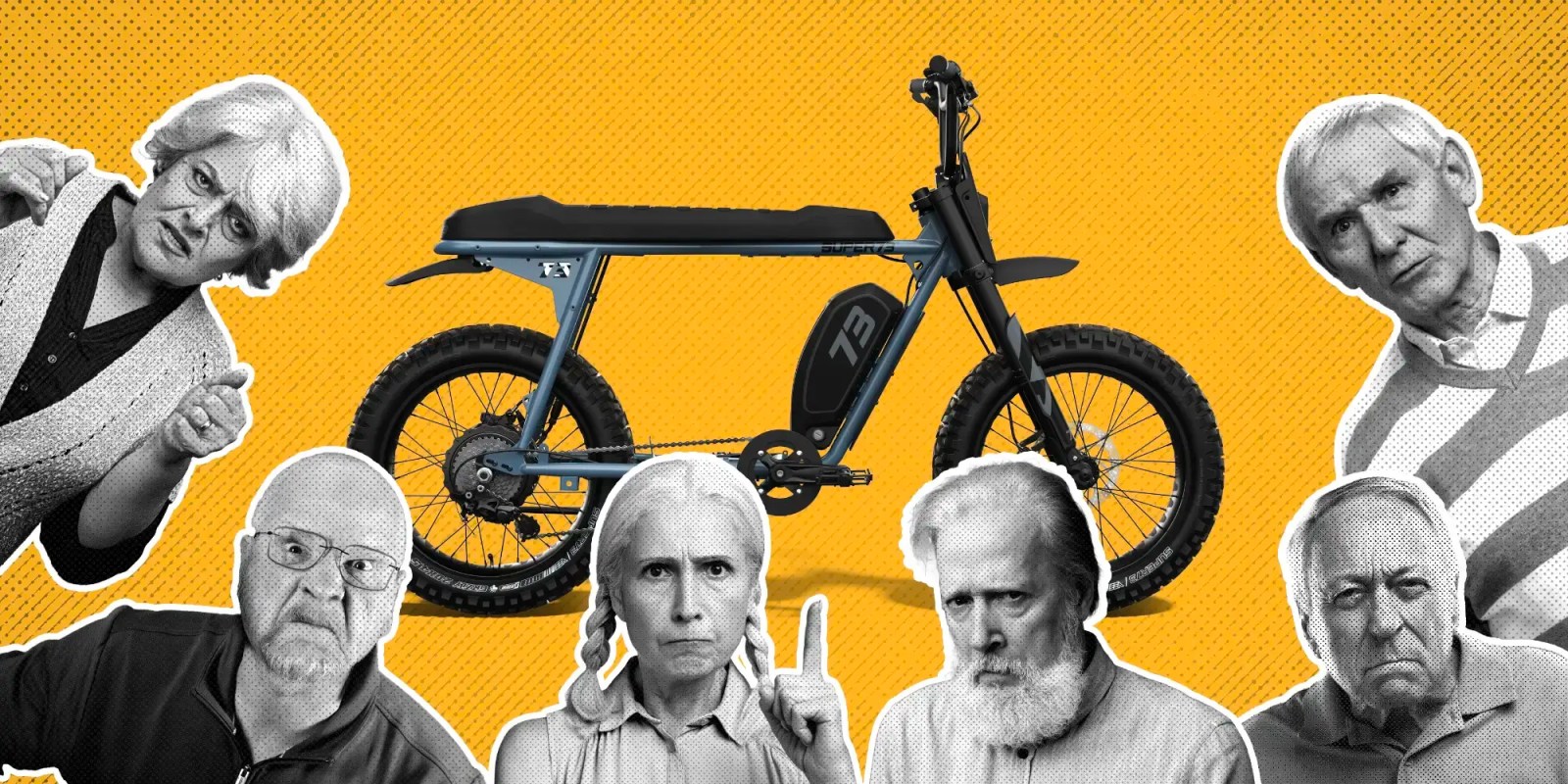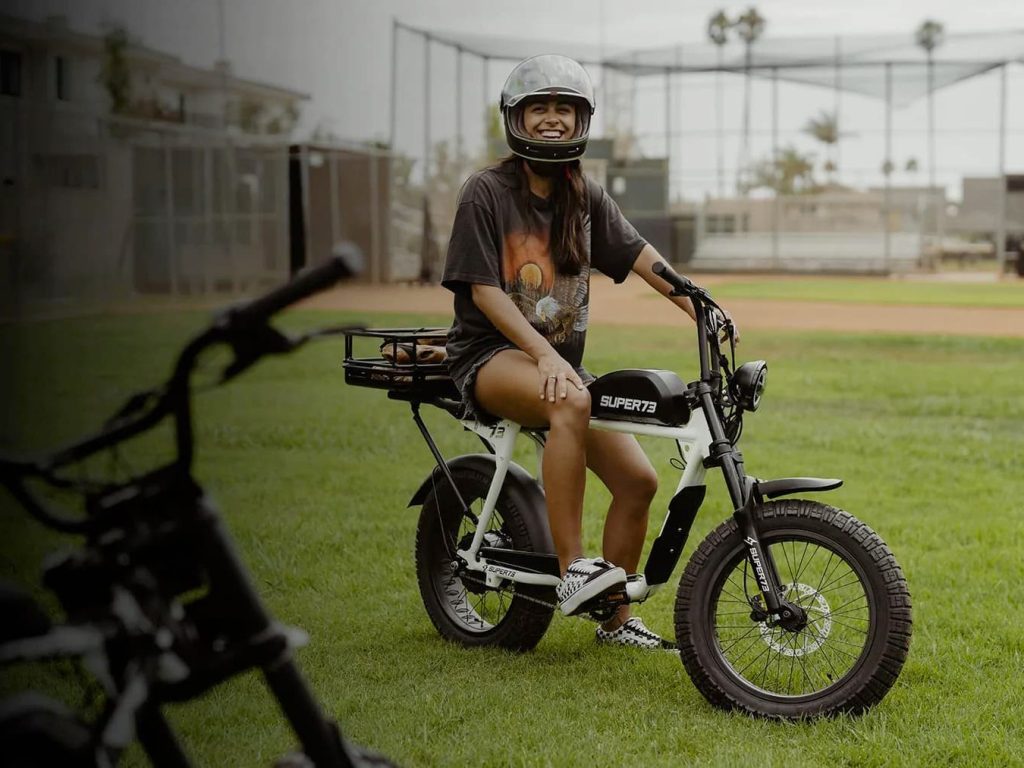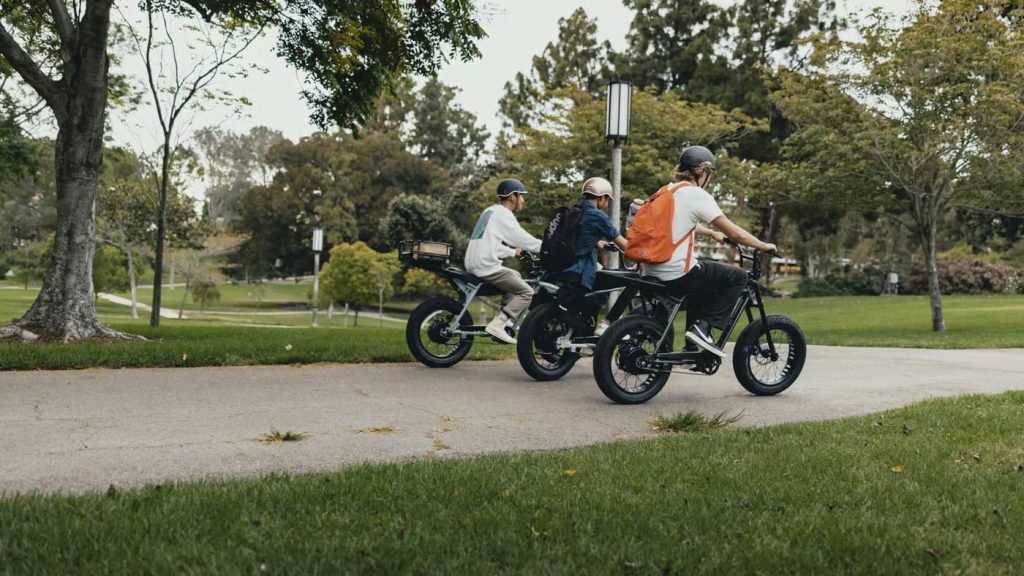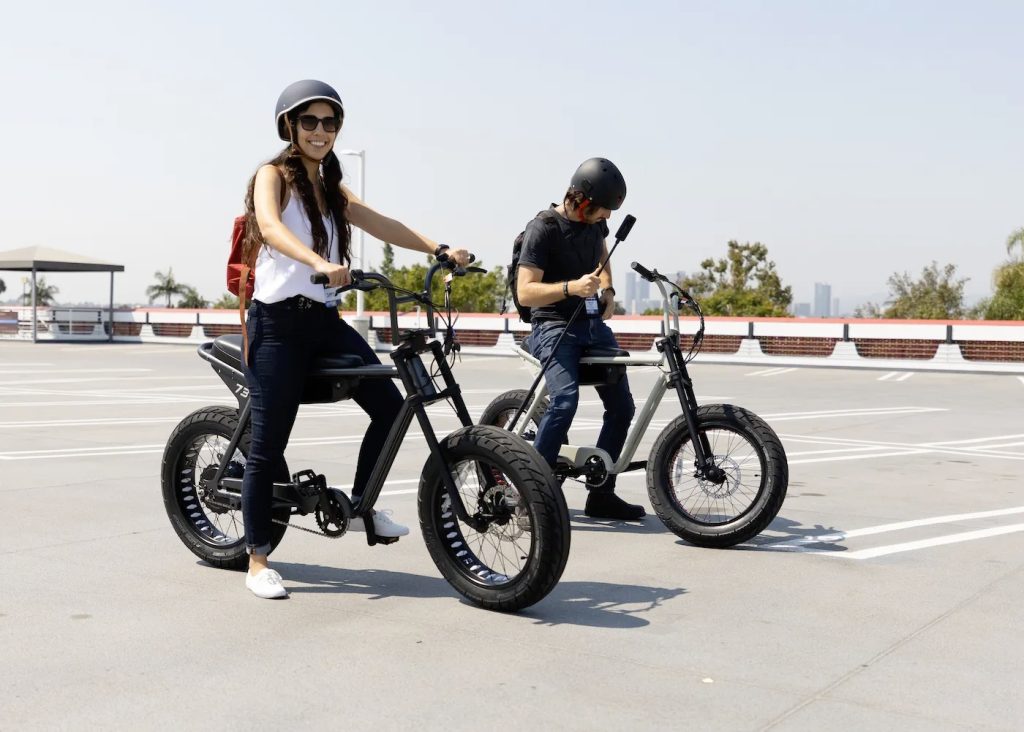
Even if you’re not knee-deep into electric bikes like many of us, you very likely may have heard of the e-bike brand SUPER73. The company’s motorcycle culture-inspired electric bikes have proven incredibly popular among teens and young adults, but the heyday of fast and questionably (or clearly) illegal e-bike modes seems to be coming to an end for the brand.
SUPER73 didn’t invent the moped-style electric bike, but it is often credited for kickstarting the boom. The name has become so ubiquitous that even other brands of moto-inspired electric bikes are often erroneously referred to as SUPER73 e-bikes.
Technically, SUPER73s were always intended to be perfectly street-legal electric bikes, and they always shipped in what was known as “Class 2 Mode”. That meant the bikes could top out at 20 mph (32 km/h) and largely met most electric bicycle regulations around the US for the last few years.
However, SUPER73 e-bikes could be quickly and easily unlocked via the company’s own smartphone app, letting riders access Class 3 mode of up to 28 mph (45 km/h) on pedal assist, or even an Off-Road Mode that basically removed all restrictions and allowed faster speeds on throttle-only riding as well. Despite the name, Off-Road Mode was largely used for street riding and turned the bike into something of a mini-motorcycle.

But those days of easily unlocking higher performance are officially gone, with SUPER73 now reacting to new California regulations that put stricter interpretations of e-bike classification laws on the books. Those new regulations, which took effect on January 1, 2025, required any e-bike with a functional throttle to limit its motor assist to just 20 mph. If an e-bike was designed to be modified for faster speed or higher power (such as via a setting change on the bike’s display or in the smartphone app), the bike would no longer be considered a street-legal electric bicycle in California.
SUPER73, which has often found itself at the center of the debate around faster e-bikes, reacted quickly. A major change now results in the higher performance modes being removed from SUPER73’s app. According to a notice on the company’s website, “In light of newly implemented regulations, customers who download and pair the SUPER73 app after January 1, 2025, will not have the ability to access modes other than the Class 2 mode in which the product is sold.”
While the bikes still have the mechanical ability to go faster, SUPER73’s new update basically removes the ability to access that higher performance, essentially limiting its e-bikes to 20 mph on both throttle and pedal assist.

Is there a workaround?
No, SUPER73 has developed an ironclad solution to prevent their e-bikes from being operated in illegal ways.
Just kidding. No, of course this isn’t a perfect solution, but not really due to any fault by SUPER73. There are multiple apps already available that can be used instead of the company’s app, which allow riders to re-access that higher performance. I won’t list them here, but it’s not exactly hard for anyone with an e-bike and internet connection to figure it out.
That doesn’t mean that every SUPER73 e-bike out there is going to be back in its former 30 mph form, and a significant number of riders will likely simply be stuck with new 20 mph speed limits. But we shouldn’t pretend like this is a foolproof system that can’t be defeated. As long as the e-bikes are built in a way that they are physically capable of higher performance (like a chunky 2,000W motor that is software-limited to 750W and 20 mph), the possibility remains that they will be somehow unlocked to access that performance.
It should be noted that such unlocking would still fall outside the regulations of California’s new electric bike laws, but at that point the punishment would likely fall upon the riders themselves instead of the e-bike maker, if it did its part to remove performance unlocking from its native app.

Electrek’s Take
I think that a lot of us could see this as an inevitability, though I’m not sure we expected to see companies come around this quickly, or rolling out updates that covered their e-bikes nationwide instead of just in California.
I agree that in the short term, this will likely have a positive effect on the few bad apples who ruin it for everyone – basically the roving gangs of teens on illegally fast e-bikes. People who ride e-bikes in dangerous ways around other cyclists and pedestrians are a danger, plain and simple.
In the long run though, I still don’t think this is the proper route to go. When you can buy a 125 mph car that weighs as much as a military vehicle and yet it is simply the responsibility of each driver to never exceed barely half of its performance, it seems silly to put so much effort into reducing the speed of bicycles from 28 mph to 20 mph. Is this really the major public safety threat to spend our time and legislative resources on?
I still believe that the better solution combines education and enforcement. It’s simply not that hard. If some snot-nosed kid is riding dangerously in the bike lane, street, or sidewalk, confiscate the bike and slap a fine on his or her parents. But don’t tell me that a responsible adult who is simply trying to get to work efficiently is a menace to society on an e-bike that goes 28 mph instead of 20 mph.

FTC: We use income earning auto affiliate links. More.












